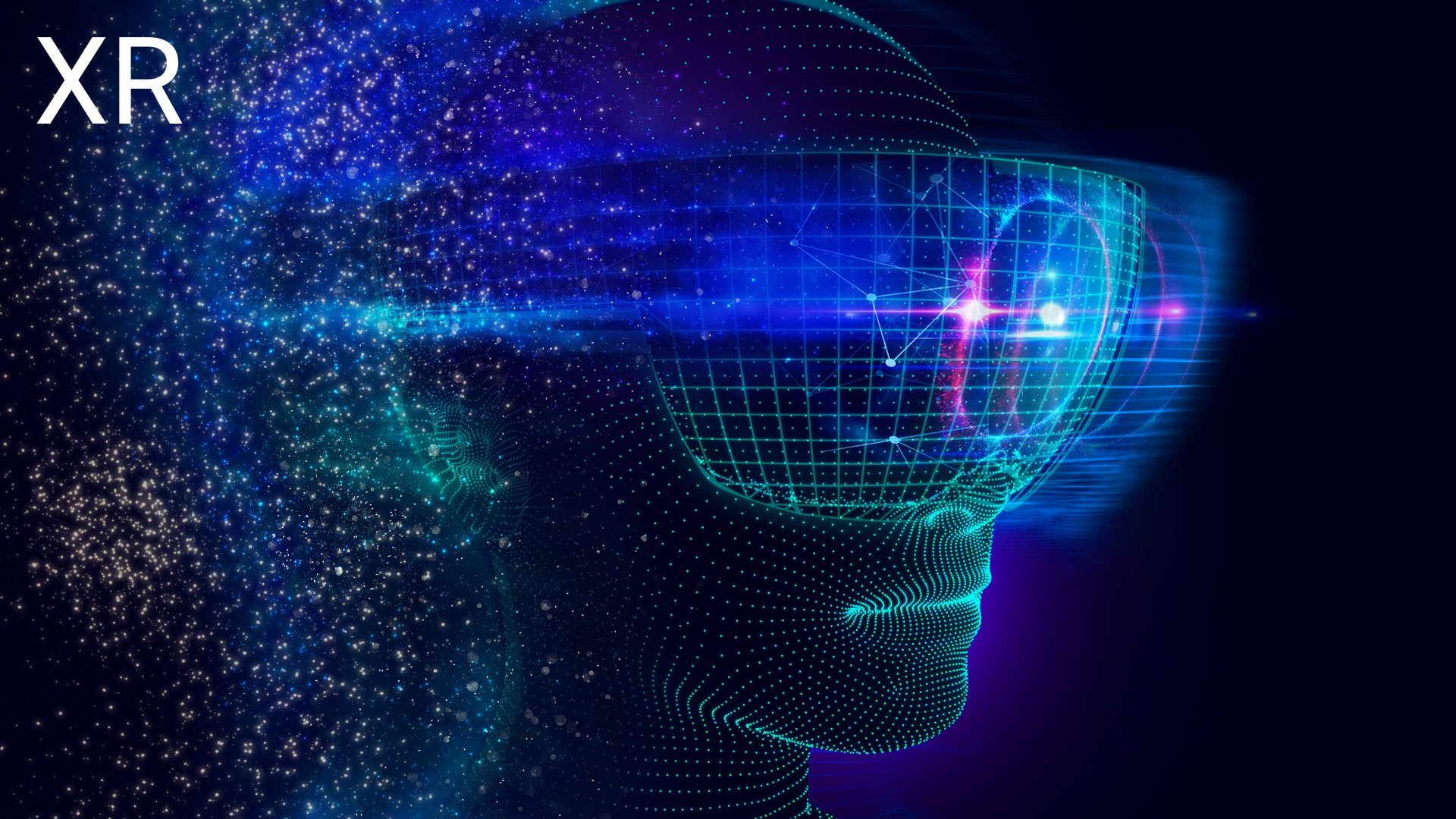Attention A T users. To access the menus on this page please perform the following steps.
1. Please switch auto forms mode to off.
2. Hit enter to expand a main menu option (Health, Benefits, etc).
3. To enter and activate the submenu links, hit the down arrow.
You will now be able to tab or arrow up or down through the submenu options to access/activate the submenu links.
Locator
Contact
Search
VISN 6 > Education >Technology and Innovations
 |
Technology and Innovations
In the Mid-Atlantic VISN 6 MIRECC Education Core, we are working with advanced imaging technologies including Extended Realities (XR). We are taking the next step into dynamic imaging, towards clinical XR immersive technologies including virtual reality (VR), augmented reality (AR) and mixed reality (MR). These technologies have proven effective in different medical fields, including undergraduate and graduate medical training (see article). We are taking advantage of the instructional benefits of these cutting-edge technologies for the development of innovating clinical neuroscience resources and educational immersive experiences. Furthermore, we are continuously seeking for better and improved ways to support our Veterans and diverse audiences (medical professionals, trainees, etc.) by integrating the latest XR technology hardware and software.NOTE: This webpage is currently under revision. Many links will not work at this time. Please be patient while we complete this process.
What is XR?
XR is one of the emerging technologies of the metaverse (e.g., artificial inlelligence, digital twins, blockchain). XR innovations (VR, AR and MR), represent an elegant and versatile technological platform with significant applicability to the medical care and training, including clinical neurosciences. In VR the user experiences a full immersion into a non-natural digital world, facilitated by advanced head-mounted lenses (HMDs) that provide visual and auditory cues (i.e., pictures, sounds) to the brain. In AR the user is partially immersed into an artificial environment while present in the real world, as well as interact with the virtual elements presented in the digital world. MR is a hybrid environment, combining real and virtual scenarios along a “virtuality continuum,” seamlessly integrating real-world and artificial digital scenes. MR offers a higher level of connectivity and increased computer-user interactions within each immersive experience. Research studies indicate that XR experiences evoking combined multisensorial stimulation such as odorants, sounds, images, etc. increase the elements of immersion and presence of the user.
Learn about XR Therapies for PTSD.
Learn about the medical metaverse in neuropsychiatry: Part 1, Part 2
Learn about the role of artificial intelligence (AI) in neuroanatomy education and neuroimaging.
XR Laboratory Suite
The Salisbury VA Health Care System has recently acquired and integrated XR workstations in the XR Neuroanatomy Laboratory suite. This facility is equipped with a Sectra multi-user touch interface table/workstation, providing the user(s) highly interactive (e.g., hand gestures, multiple touch points) and 3D imaging driven learning experiences. The XR equipment includes super computers, tablets, VR software and the latest technology of HMDs devices enabling VR, AR and MR capabilities. The equipment also includes electronic sanitizing stations delivering high levels of hospital-grade hygiene for all HMDs lenses. In addition, the XR suite features the latest innovating technology of 3D printing, allowing a wide range of high-quality 3D printing neuroanatomical models to supplement our clinical training and educational endeavors.
XR is one of the emerging technologies of the metaverse (e.g., artificial inlelligence, digital twins, blockchain). XR innovations (VR, AR and MR), represent an elegant and versatile technological platform with significant applicability to the medical care and training, including clinical neurosciences. In VR the user experiences a full immersion into a non-natural digital world, facilitated by advanced head-mounted lenses (HMDs) that provide visual and auditory cues (i.e., pictures, sounds) to the brain. In AR the user is partially immersed into an artificial environment while present in the real world, as well as interact with the virtual elements presented in the digital world. MR is a hybrid environment, combining real and virtual scenarios along a “virtuality continuum,” seamlessly integrating real-world and artificial digital scenes. MR offers a higher level of connectivity and increased computer-user interactions within each immersive experience. Research studies indicate that XR experiences evoking combined multisensorial stimulation such as odorants, sounds, images, etc. increase the elements of immersion and presence of the user.
Learn about XR Therapies for PTSD.
Learn about the medical metaverse in neuropsychiatry: Part 1, Part 2
Learn about the role of artificial intelligence (AI) in neuroanatomy education and neuroimaging.
XR Laboratory Suite
The Salisbury VA Health Care System has recently acquired and integrated XR workstations in the XR Neuroanatomy Laboratory suite. This facility is equipped with a Sectra multi-user touch interface table/workstation, providing the user(s) highly interactive (e.g., hand gestures, multiple touch points) and 3D imaging driven learning experiences. The XR equipment includes super computers, tablets, VR software and the latest technology of HMDs devices enabling VR, AR and MR capabilities. The equipment also includes electronic sanitizing stations delivering high levels of hospital-grade hygiene for all HMDs lenses. In addition, the XR suite features the latest innovating technology of 3D printing, allowing a wide range of high-quality 3D printing neuroanatomical models to supplement our clinical training and educational endeavors.



















